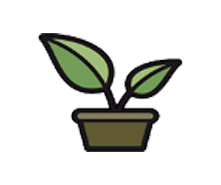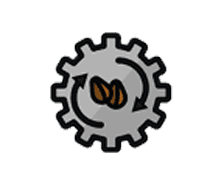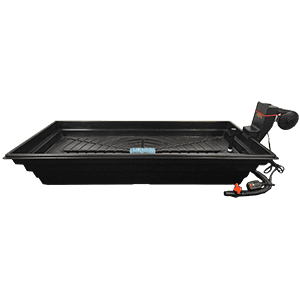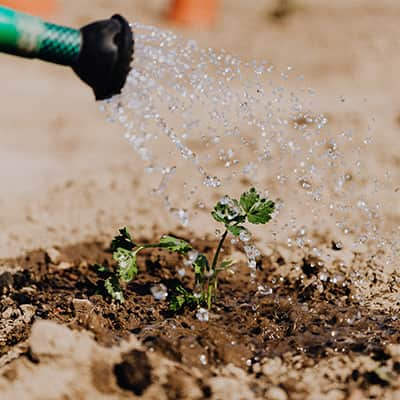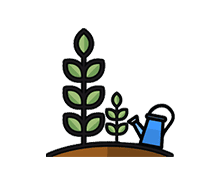Crop Production Plan for Spring
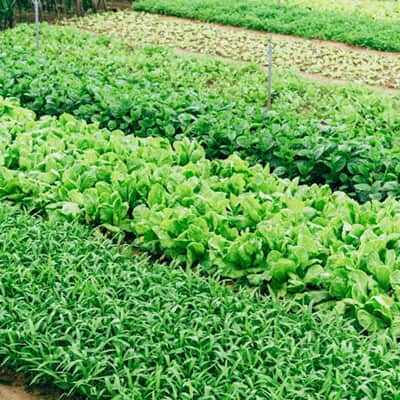
Now is the ideal time of year to solidify exactly what you want to plant this spring, where you want to plant it and how you plan to achieve the best yields whether you’re container gardening or have a larger outdoor garden area. Creating a crop production plan does not have to be a headache. Instead, it can be something fun that you look forward to as you imagine the abundance of crops you will harvest in the fall. Accompany your research on hardiness zones with the information below on how to grow healthy plants this spring to improve your ultimate yields.
Choose Your Crops
Begin your crop production plan by drawing a garden plan and choosing your desired crops. Next, determine where each plant will go and what can be planted nearby. Companion planting can save space, eliminate pests, attract pollinating insects and reduce disease. It is best to convert all of your notes into a digital document that you can tweak from year to year.
Learn How to Grow Your Desired Plants
Each seed has specific needs for growing large, healthy plants. For example, all plants need a certain amount of sunlight, water and warm days. Create columns in your planning document that list when to plant your seeds, when to harden off each plant by letting it become acclimated to the outdoors, when to transplant your plants and when each crop will be ready to harvest. Consider using an online planting calendar that gives you typical frost dates for your planting zone.
Learn How to Grow Healthy Plants
While creating a crop production plan is an essential part of getting your garden off to a healthy start this spring, you also need a few other tools along the way. Each plant requires a specific mix of nutrition and care. Learning how to grow your plants in your unique environment will take time, but your efforts will be greatly rewarded. A few key variables include the following:
- Proper nutrition
- Proper soil pH balance
- Organic matter
- Regular crop rotation
- Hydration
Improve Crop Production with Nutrients and Crop Rotation
All plants need numerous nutrients to grow well. They can glean such macronutrients as carbon, oxygen and hydrogen from the air and water around them. However, they will also need several other nutrients, which they will gain from fertilizers or organic matter in the soil. Nitrogen, potassium and phosphorus most frequently come from fertilizers. You may also be interested in our powdered and liquid nutrient options.
Crop rotation helps to reinvigorate your soil by restoring nutrients to it. In addition, crop rotation can help control certain plant diseases and weeds. Try to change up the type of plant families used in each area every year.
Use Crop Production Equipment and Techniques to Improve Yields
Our Turbo Grow Kit system may just be the type of crop production equipment you never knew you needed. These systems carefully manage the moisture content of the soil and allow you to easily provide your plants with the perfect amount of nutrients so that your plants grow fast and large.


